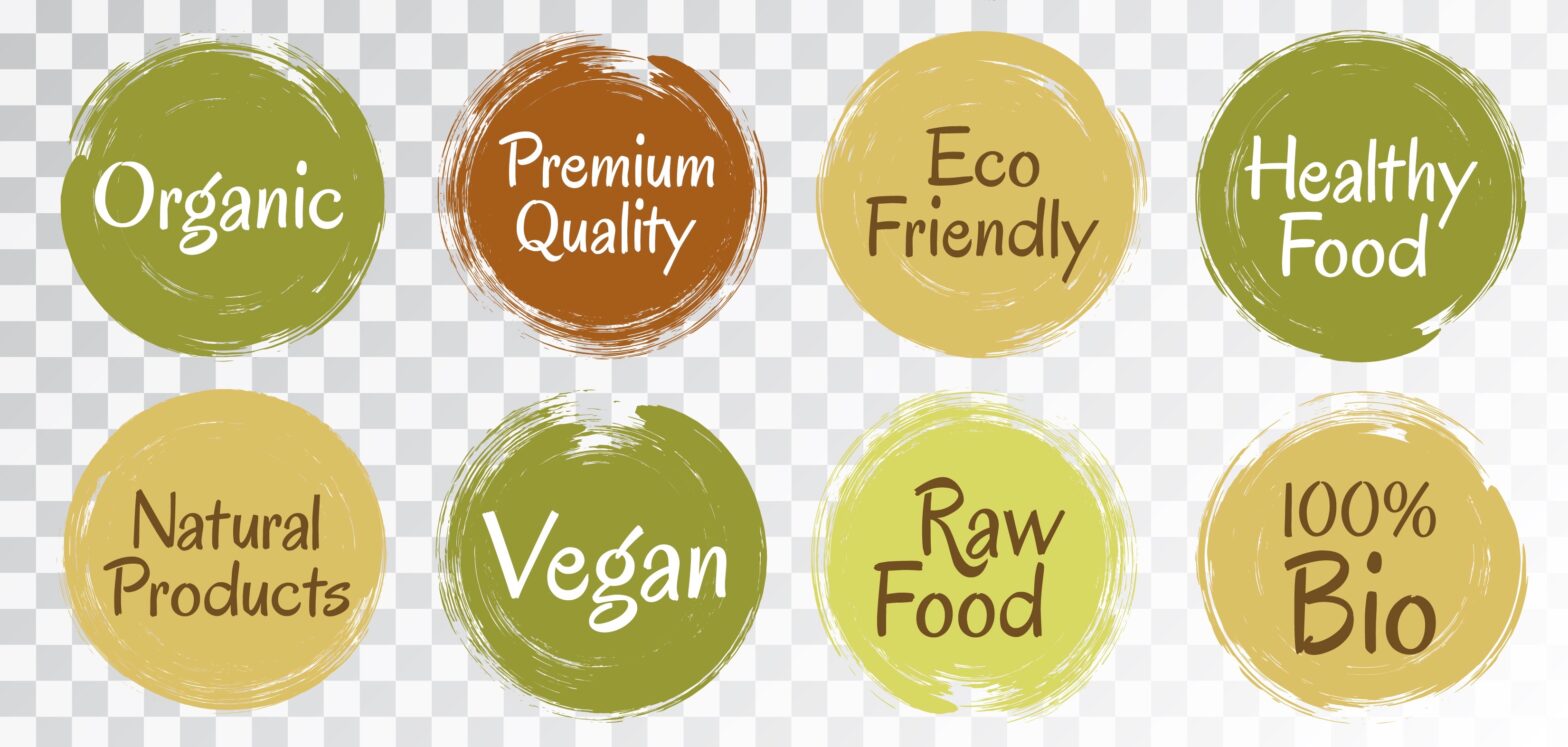Get the Dirt on Clean Labels

What do people mean by “clean label?” The industry refers to “clean label,” but the reality is consumers don’t often use that term. What consumers are looking for in food products is transparency, and that includes simple ingredient lists with recognizable ingredients. After all, how many of you have heard this advice in health magazines and lifestyle blogs: “Don’t eat it if it has something in it that you can’t pronounce.”
People are taking health into their own hands. According to a survey from the International Food Information Council, 47% of consumers examine the ingredients when they make purchases. As the main grocery shopper in my household, I definitely see more people looking at labels than I ever have before. From there, 41% of consumers equate healthy eating with dieting or eliminating certain foods or ingredients. They believe following a healthy diet means eating foods without artificial ingredients or preservatives. That’s almost half of consumers!
Consumers want to know about the foods they eat, both how it’s processed and what’s in it. They’re looking for:
- Simple ingredient lists
- Recognizable ingredients
- No artificial ingredients
- No chemicals
- Minimally processed products
Consumers care about sustainability, too, especially when it comes to how products are labeled and produced. A study from Cone Communications reported that 91% of consumers expect companies to address environmental concerns, and 84% of shoppers choose environmentally-responsible products whenever possible.
Some food companies may think, “You know, we’re not going to really be affected by label changes” — but you may be surprised. Things might change with your customer or consumer base that could force you to examine your formulation and make changes. In fact, according to a report from the Association for Packaging and Processing Technologies, 50% of food processing operations are affected by clean label.
And if that weren’t enough, another report from Food Safety Magazine in 2016 found there were about 4,600 new additive or preservative-free products with labels claiming:
- 3,700 were GMO-free
- 3,000 were organic
- 6,500 had low-to-no allergens
- 6,100 were gluten-free
- 5,000 had environmentally-friendly packaging
Furthermore, since 2009, each category above has grown year-over- year. Clearly, the trend toward clean labels is not just a fad. Clean labels have become the expectation.
Clean Label and Regulations
What is the government looking for? Unfortunately, there’s no regulatory definition of “clean.” This is very similar to “organic” vs. “natural.” Organic is defined in many countries around the world. Natural, on the other hand, has a much looser definition. While the two regulating bodies in the U.S., the FDA and USDA, don’t have clear definitions clean labels, they do offer some guidance and policy statements.
FDA
While “clean label” is not defined, in 1993 the FDA issued a policy statement that products must list:
- Any artificial or synthetic ingredients
- Any added coloring, regardless of the source
USDA
The USDA also does not define “clean label,” but labeling guidance issued states products must list:
- Artificial flavor or flavoring
- Coloring ingredient
- Chemical preservative
- Artificial or synthetic ingredients
- Minimally processed
Implementing Clean Label Changes
One thing is certain: change is inevitable. As consumer preferences continue to change, label changes in manufacturing facilities can really stress the organization. Regulations are sometimes driven by consumer preferences, but many times just by regulatory bodies in general, so it’s crucial to implement a strong change management process that functions as designed. The best way to achieve that is to build a strong training foundation for your frontline workforce that includes:
Consistent, communicative training. Everyone in your organization should understand the changes that are coming and how those changes will be managed.
Reinforcement. It’s unrealistic to provide information one time and expect employees to remember it and put it into practice. Reinforcement must be applied until key concepts get transferred from short-term memory to long-term memory.
Assessment and Accountability. After onboarding, people must be held accountable. Tools that identify performance gaps enable supervisors to validate frontline workers’ understand and can enact correct clean label changes and processes.
Want more dirt on clean labels? Watch the free webinar!





